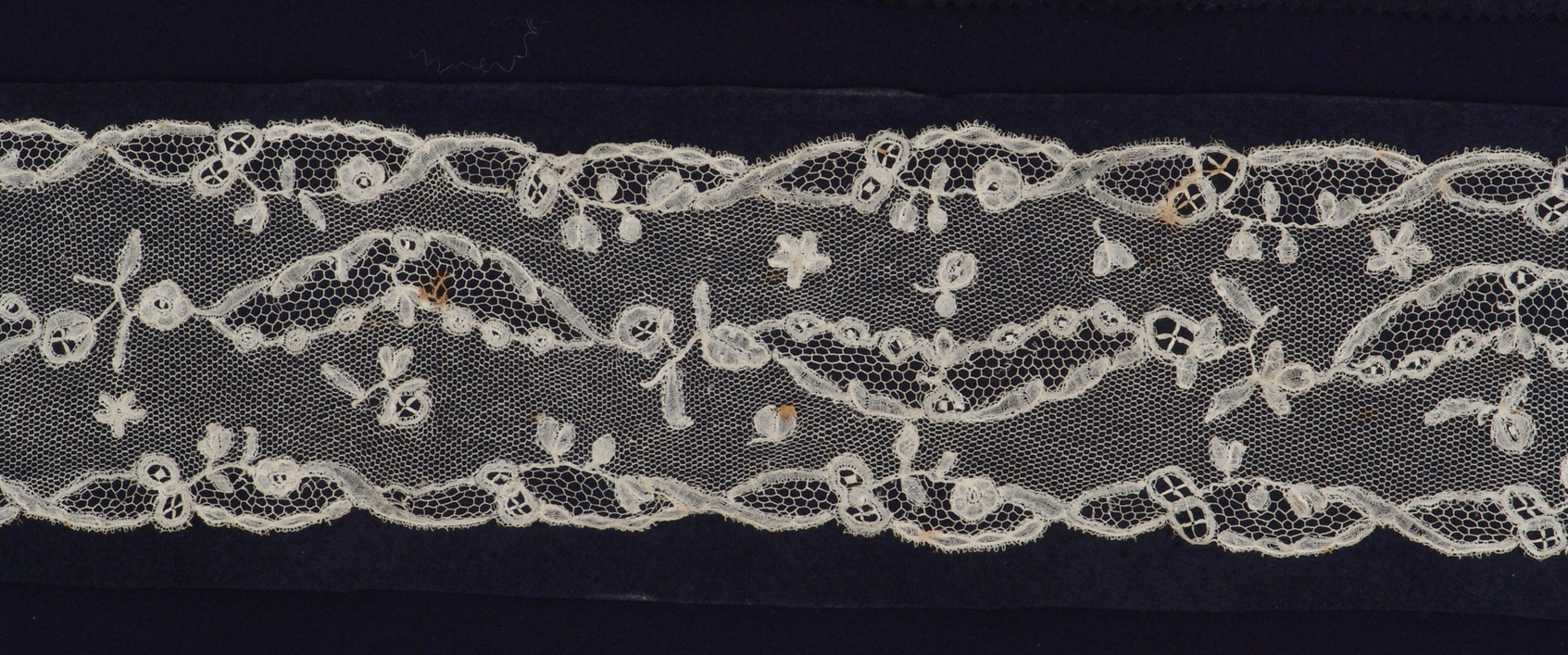
Click here to view image

Click here to view image

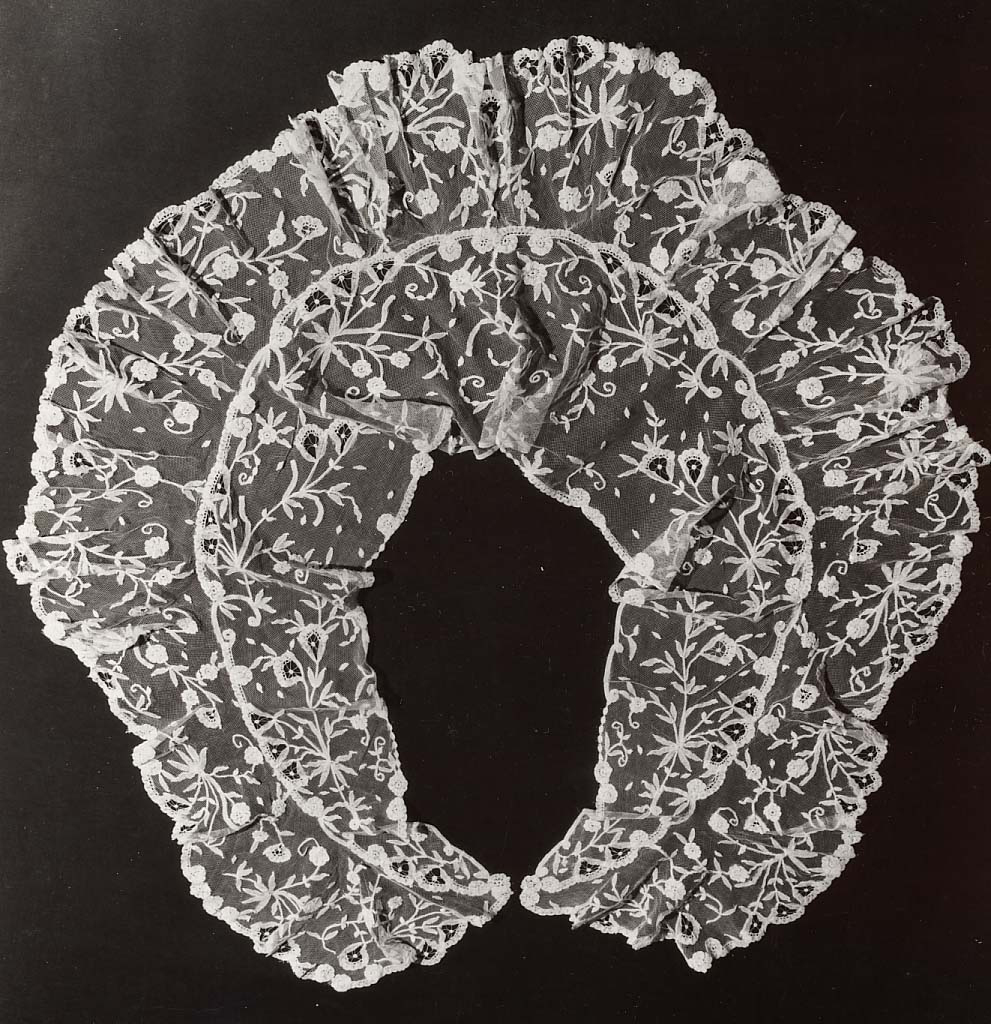
Click here to view image
Shawl collar
Bobbins, "Application de Bruxelles"

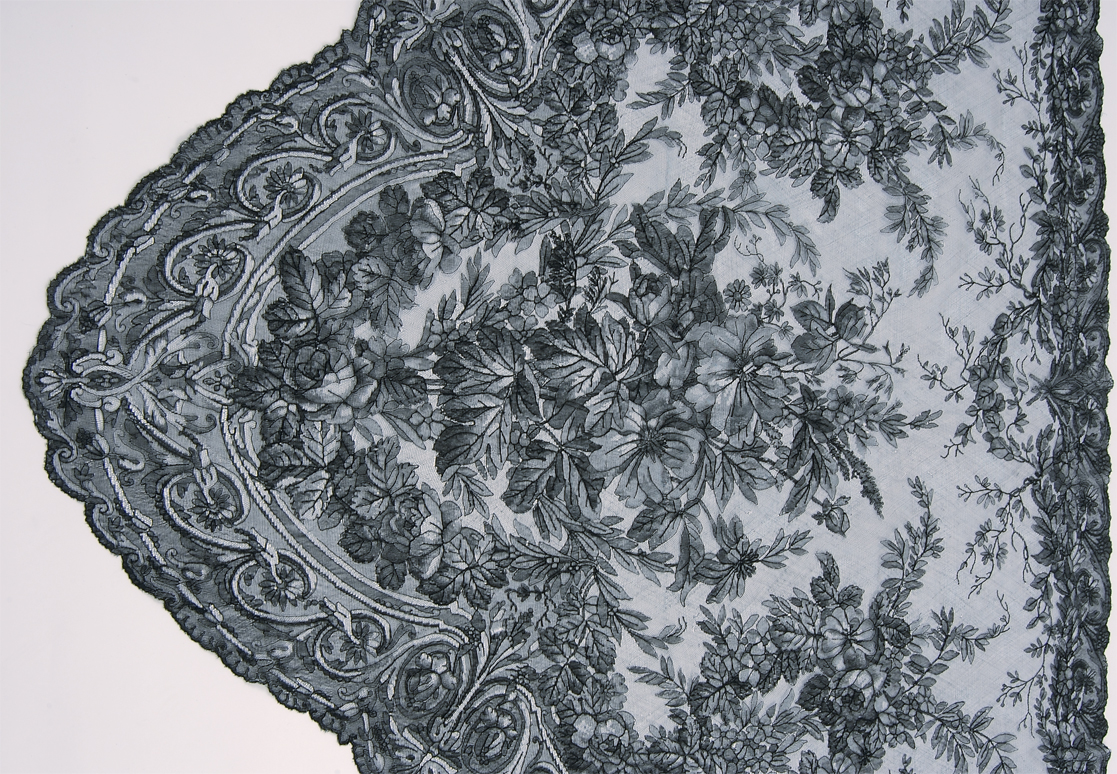
Click here to view image


Click here to view image
Washcloth
Embroidered cotton canvas with knotted lace trim (macramè)

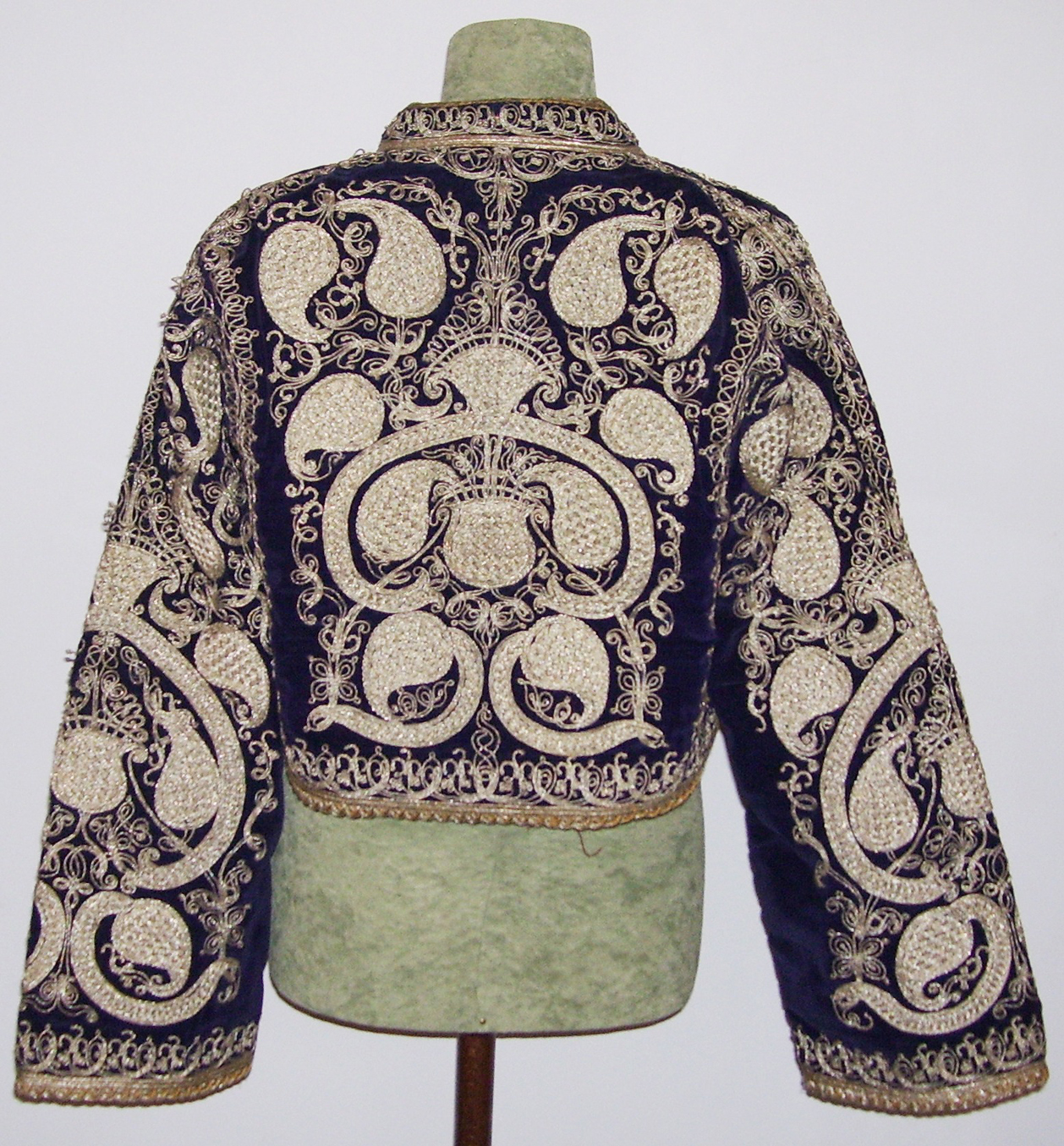
Click here to view image
Women's jacket
Women's jacket
T. 336
Cut velvet combined embroidered with metal yarn drawstring
Lussi e Splendori. Costumi tradizionali dellAlbania e dei Balcani - Genova - 2010
Women's short jacket open at the front in plain purple velvet, with long sleeves and a band collar. The silver thread embroidery is applied using a satin stitch and the edges of the garment are finished with a herringbone stitch.

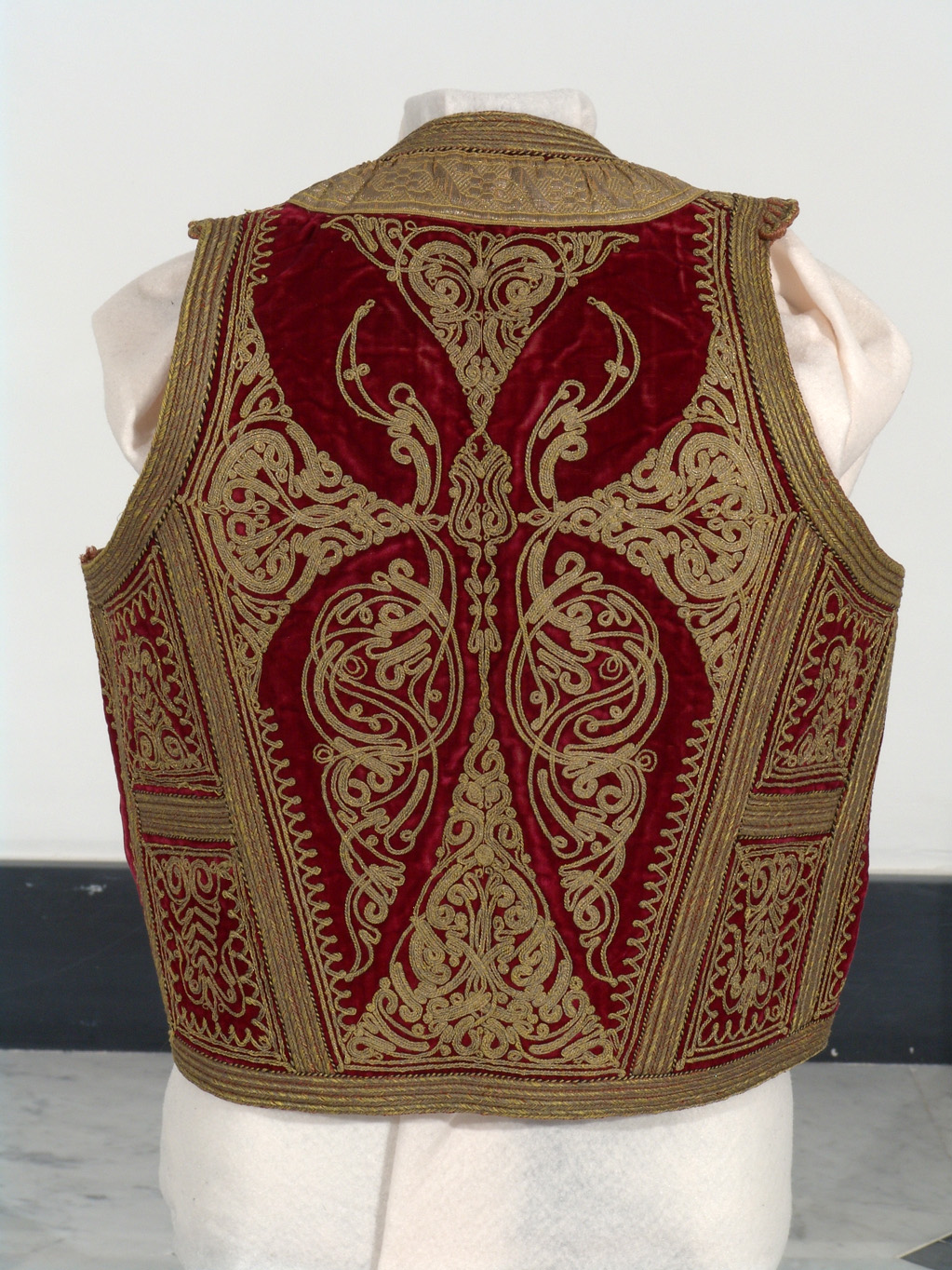
Click here to view image
Women’s vest (Jelek)
Velvet Embroidered with Golden Cord, Metallic Thread Gallon

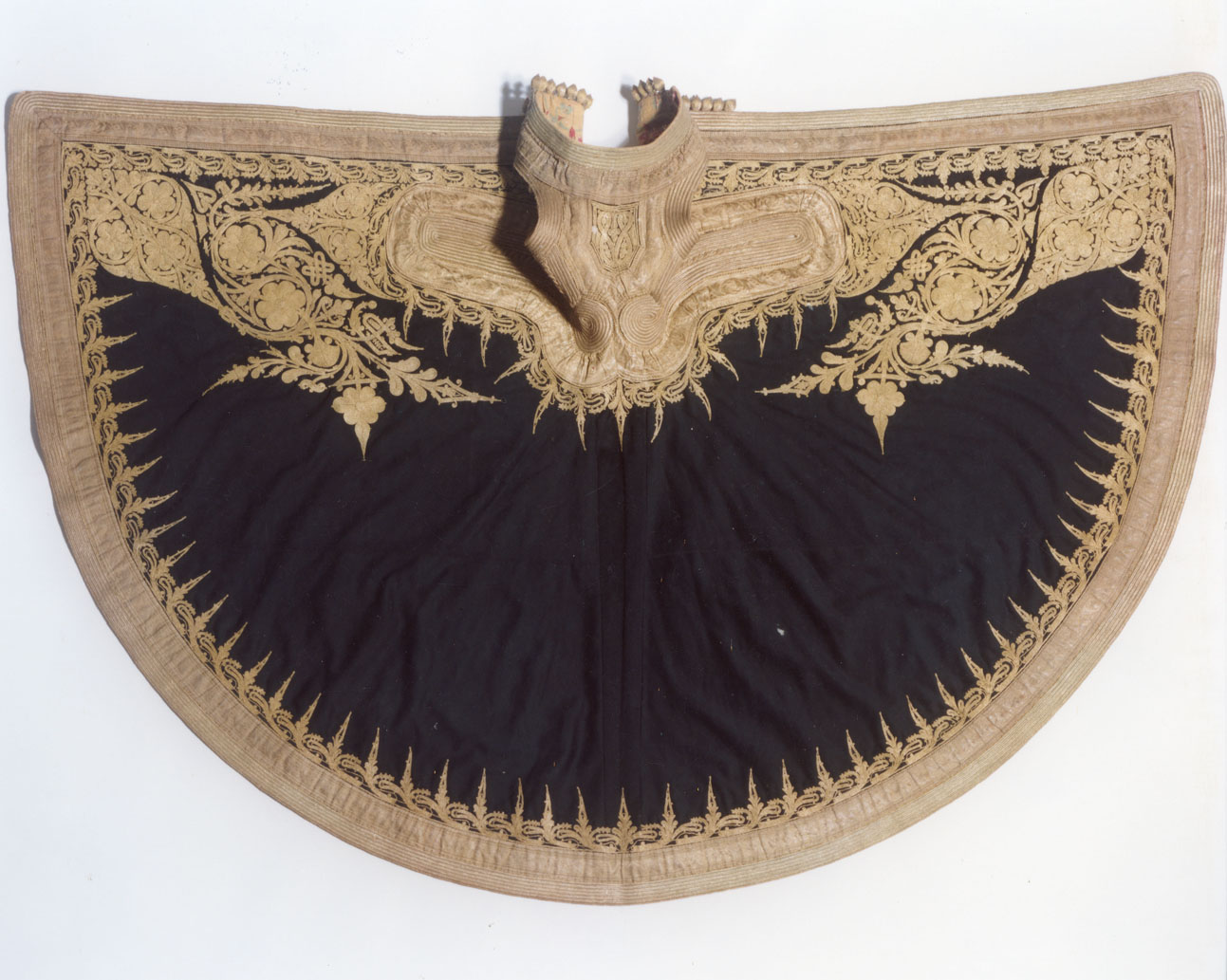
Click here to view image
Female coat (Xhybe)_2
Cloth embroidered with golden cord

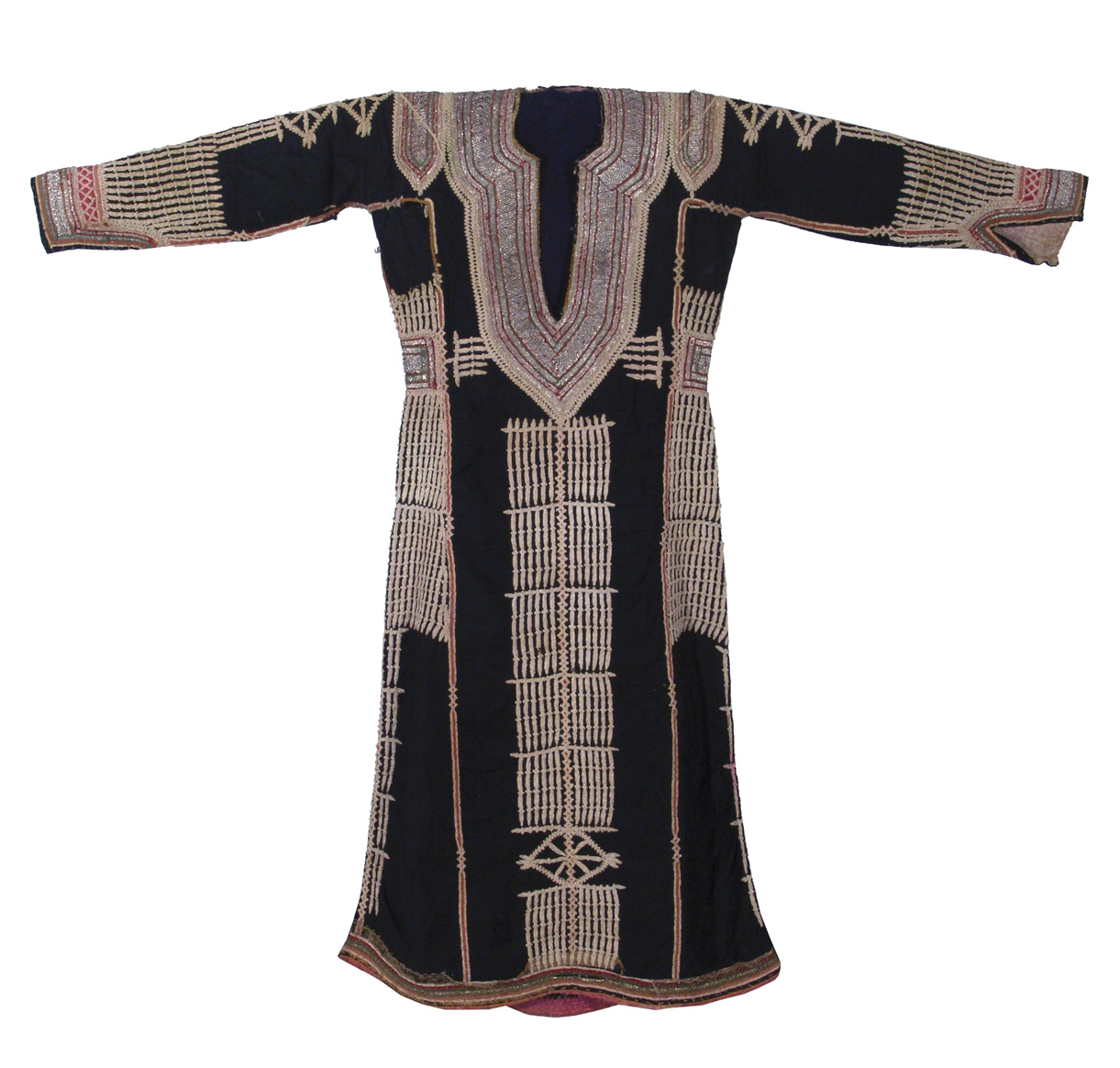
Click here to view image
Women’s dress (Yemen)
Cotton sateen with trimming applications in metallic yarn and cotton

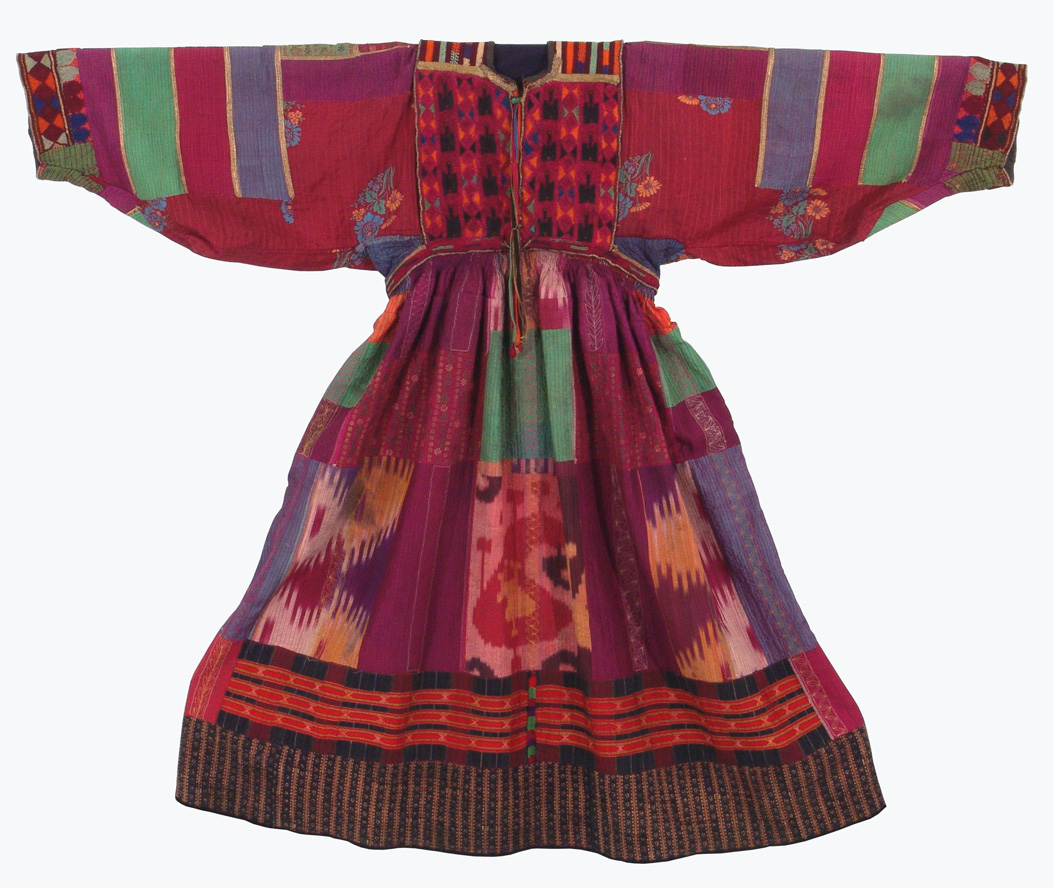
Click here to view image
Afghan women's dress
Afghan women's dress
T. 1312
Silk taffetas "Ikat", printed and stitched silk taffetas, printed cotton canvas, silk gros, embroidery with polychrome silk, gallons in metallic thread, golden cord
Ricordi di viaggio. Abiti e accessori dal vicino Oriente donati alle Collezioni Tessili - Genova - 2012
Women's dress made from various types of fabric, mainly silk taffeta, sewn together in a patchwork style. Some pieces are printed, others painted, and others woven using the ikat technique. One piece of fabric is woven using a mixed technique: canvas and grosgrain. The bib and the edge of the sleeves are embroidered with multicoloured silk thread in geometric patterns, while the back hem of the skirt is embroidered in a single colour. The entire dress is stitched with straight seams, waves, stylised leaves and flowers. The stitching also binds the underlying lining of raw canvas, possibly hemp, in the upper part, which is thinner in the skirt, while the lining of the sleeves is made of cotton and sewn diagonally. Inside the bib is a printed and lined cotton canvas, hand-stitched and sewn at the neckline to completely close the opening. This cut is tied at the top with eight coloured ribbons and two gold ribbons, passing through a gold braided eyelet; gold braids are also applied. The skirt is gathered under the spur and has a series of small pleats in the centre of the back, held together by a cord at the top, which is unstitched, and one at the bottom.

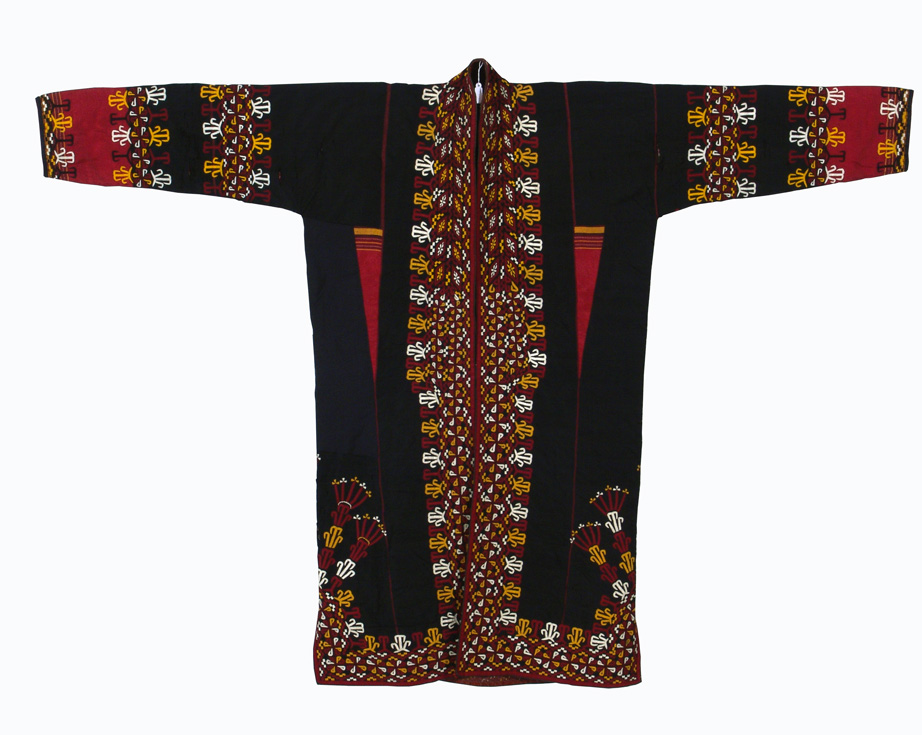
Click here to view image
Overcoat
Overcoat (chyrpy )
T. 1181
Shantung of silk embroidered with polychrome silk
The chyrpy is a lightweight overcoat worn by women in Central Asia. The garment has long sleeves, no collar and a hem with right angles. The outer fabric is black silk shantung; the decoration, done by hand with red, white and yellow silk threads, is very intricate. The lining is machine-printed canvas.




Headquarters:
Municipality of Genoa - Palazzo Tursi
Via Garibaldi 9 - 16124 Genoa
C.F / VAT 00856920102